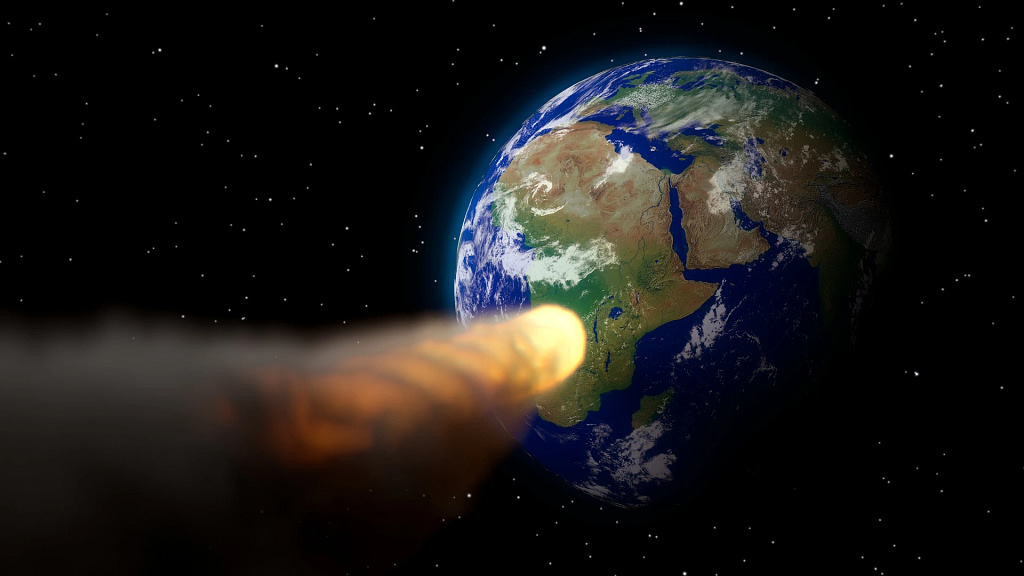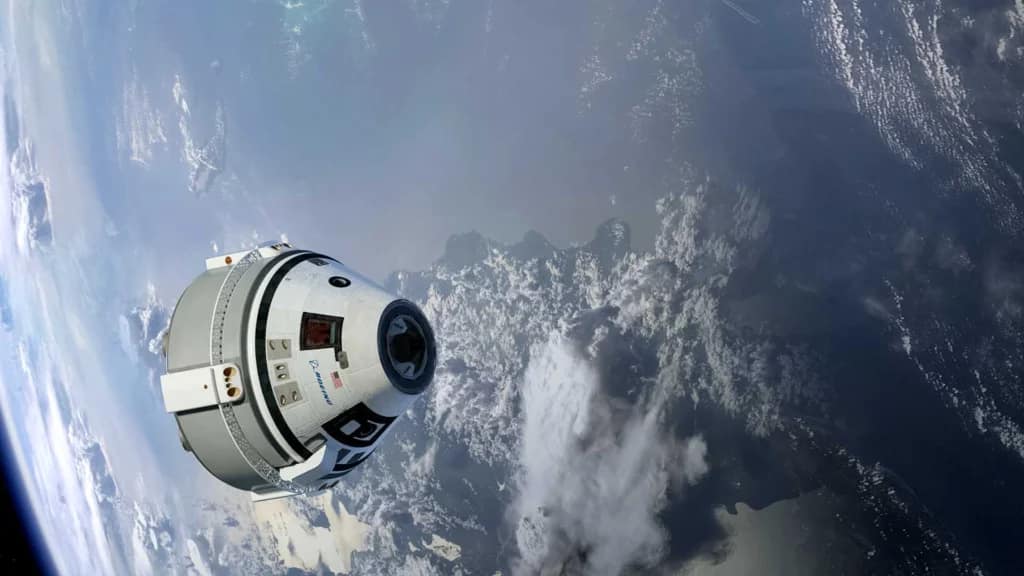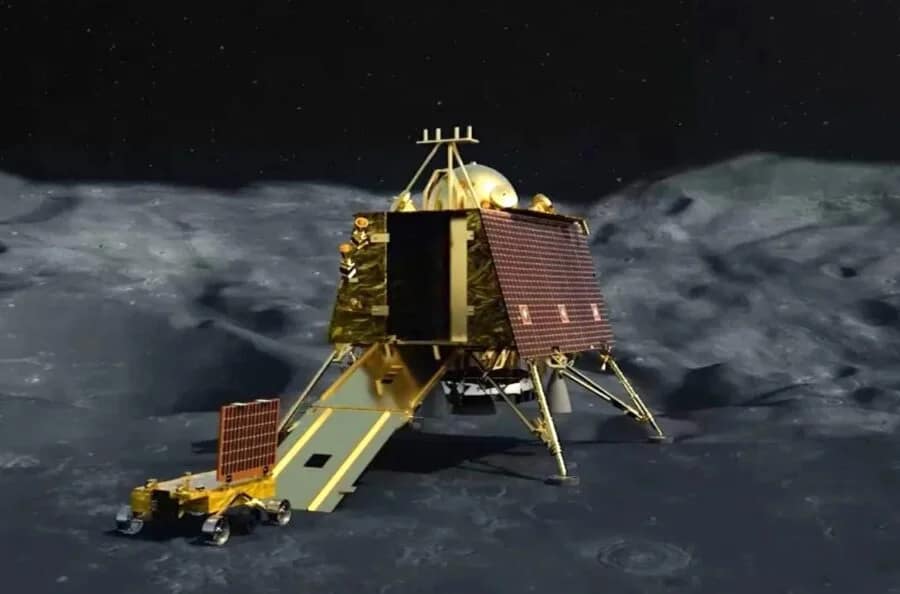What Is Space Debris?
Picture our planet surrounded by satellites. Some of them are busily providing internet, guiding us with GPS, or keeping an eye on our weather. But what happens when these satellites retire? Surprisingly, many of them aren’t retired to some celestial junkyard. Instead, they become part of the problem – space debris. These defunct satellites and fragments of old rockets keep orbiting the Earth.
Let’s talk numbers. There are over 2,000 active satellites up there, along with around 3,000 defunct ones. And to make matters worse, there are more than 34,000 pieces of space junk that are larger than 10 centimeters. And those are just the big pieces. Millions of smaller, untrackable fragments are zooming around as well. It’s like a cosmic traffic jam!
Why Does It Matter?
Now you might be wondering, “Why should I care about space debris?” Well, imagine you’re driving a car, and there are rocks and debris all over the road. You’d be worried, right? Similarly, space debris poses a massive risk to our operational satellites and spacecraft. They have to swerve and dodge these hazards regularly. A collision with space junk, even a small piece, could spell disaster. Luckily, such collisions are rare, but as more countries and companies join the space race, the risks increase.
The Dangers of Space Debris
Satellites in Peril
Think of space debris as little speeding bullets. They travel at super-fast speeds in orbit. Even a tiny piece hitting a satellite can cause big problems. It’s like a tiny pebble cracking your car’s windshield. If we’re not careful, these collisions can disrupt communication, navigation, and more. We depend on satellites for so much, from phone calls to weather forecasts.
The Kessler Syndrome: A Domino Effect
In 1978, NASA scientist Donald Kessler had a scary idea. He called it the “Kessler Syndrome.” Imagine if one collision in space led to more and more, like a chain reaction. Eventually, Earth’s orbit could become so cluttered that it’s unusable for future missions. It’s like a traffic accident causing a massive pile-up on a busy highway but in space!
Potential Solutions
Real-Time Tracking
One way to tackle space debris is to keep a close eye on it. Some companies provide data about where space junk is heading. This helps spacecraft adjust their paths to avoid collisions. But it’s not foolproof since space debris can change direction unexpectedly.
Technological Innovations
Tech companies are working hard to find solutions. Privateer, led by Apple co-founder Steve Wozniak, tracks larger space debris in real time to prevent crashes. LEOLABS does something similar, issuing millions of collision alerts monthly. But the problem is those tiny, untrackable pieces.
Physical Cleanup Missions
Imagine sending a “tow truck” into space. That’s what the European Space Agency plans to do in 2025, led by a Swiss startup called ClearSpace. Their mission is like cleaning up after a big party in space. They grab defunct satellites and pull them down to burn up in Earth’s atmosphere. However, this is expensive and not easy.
Space Debris Prevention
Preventing more space debris is key. Some suggest a “circular economy” for satellites. They should be designed to be repaired or removed after they’re done working. Initiatives like the FCC’s rule for satellites to be deorbited after missions aim to enforce responsible satellite disposal.
The Need for Global Cooperation
To truly tackle the space debris crisis, we need to work together. Imagine if every country had its own rules for traffic on the road – chaos! Similarly, we need a global orbital treaty. This agreement would bring all nations and industries using Earth’s orbit together. It would promote responsible practices and protect our cosmic environment. Just like agreements that protect our Earth, like those to combat plastic pollution.
As we explore the universe, we can’t forget the mess we leave behind – space debris. It’s time to take responsibility and clean up our cosmic neighborhood. We must ensure that space remains a resource for everyone, not a hazard. Let’s work together to keep the beauty and functionality of Earth’s orbit intact.




